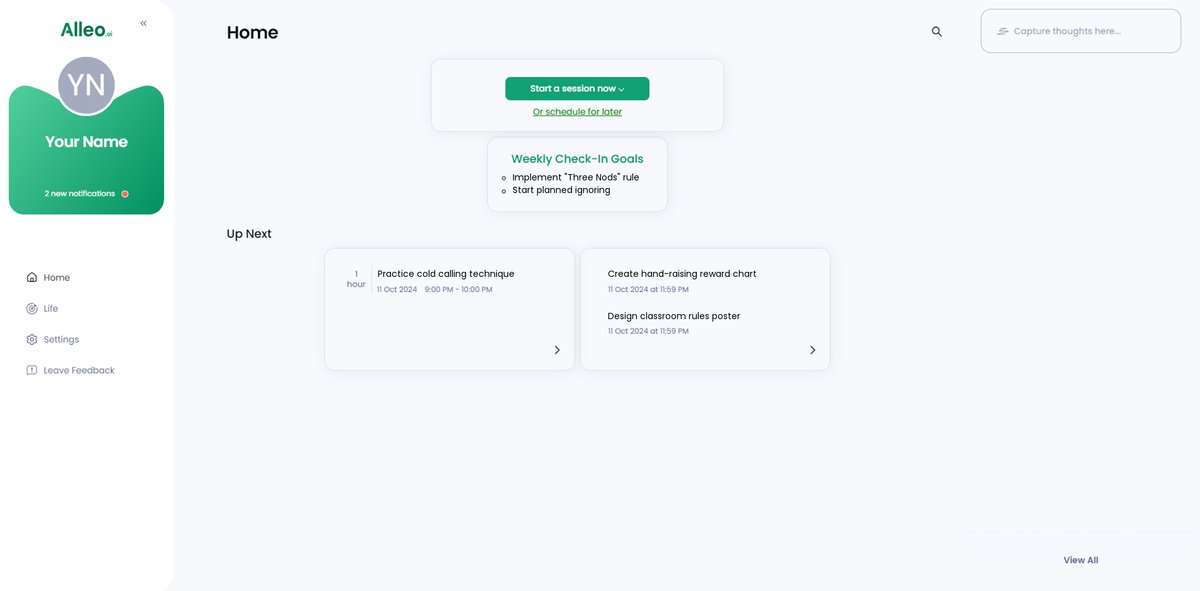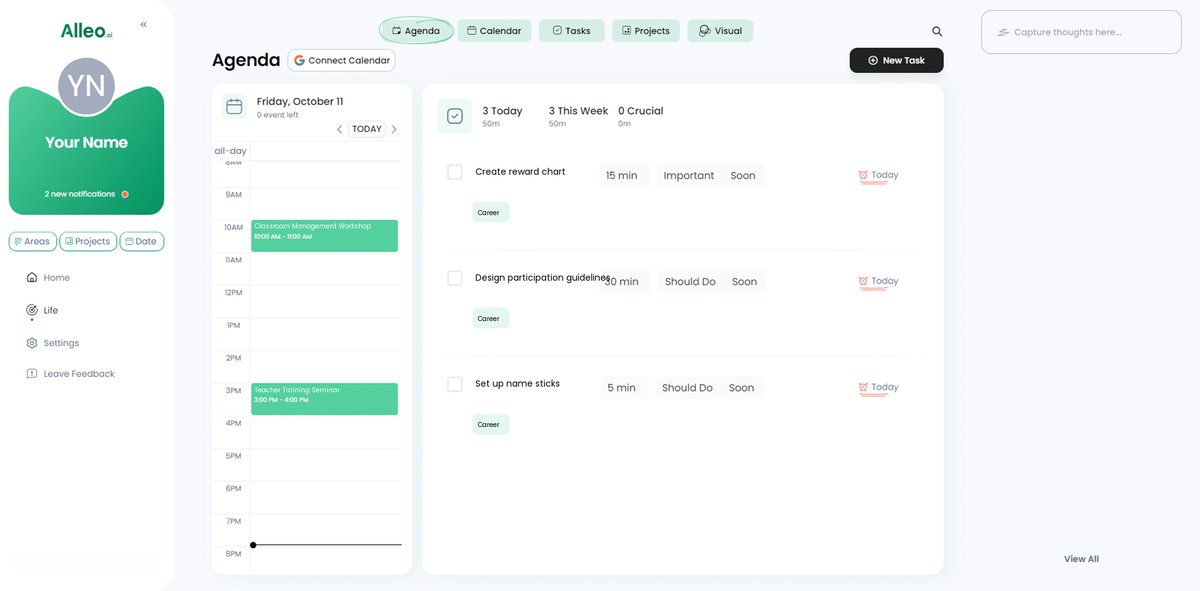5 Essential Ways to Stop Students from Shouting Out Answers in Class
Are you frustrated with students frequently shouting out answers in class, disrupting the flow of your lessons and the learning environment? Learning how to prevent students shouting out answers is crucial for effective classroom management.
As a life coach, I’ve helped many educators tackle similar classroom management challenges. I understand how crucial it is to maintain a structured and effective learning space while encouraging hand-raising and improving student self-regulation.
In this article, you’ll discover practical strategies to manage this behavior, including the “Three Nods and Deep Breath” rule, planned ignoring, and more. These techniques will help you reduce impulsive behavior in class and promote inclusive classroom discussion tactics.
Let’s dive in and explore effective methods to prevent students shouting out answers and enhance student engagement.

Understanding the Disruption: Why Students Shout Out Answers
Shouting out answers in class can significantly disrupt the learning environment. It affects not only the teacher’s ability to manage the lesson but also other students’ opportunity to participate and learn. Effective classroom management techniques are crucial to prevent students shouting out answers.
Many clients initially struggle with this issue because it stems from various triggers like excitement or impatience. This behavior often indicates a lack of understanding of classroom rules. Encouraging hand-raising and implementing silent signals for student participation can help reduce impulsive behavior in class.
Moreover, when students shout out answers, it can lead to a chaotic atmosphere. This makes it challenging to maintain a structured and focused learning space for everyone involved. Utilizing wait time in teaching and employing positive reinforcement strategies can improve student self-regulation and prevent students shouting out answers.
Addressing these root causes is essential. It helps in creating a more equitable learning environment where all students have a chance to succeed. Implementing inclusive classroom discussion tactics and teaching turn-taking skills can enhance student engagement methods and prevent disruptive behavior.

Key Strategies to Manage Students Shouting Out Answers
Overcoming this challenge requires focus on a few key steps. Here are the main areas to focus on to prevent students shouting out answers and improve classroom management techniques.
- Implement a “Three Nods and Deep Breath” Rule: Encourage students to practice patience and self-regulation, improving student self-regulation skills.
- Use Planned Ignoring for Blurted Answers: Manage impulsive behavior by ignoring unapproved contributions, reducing impulsive behavior in class.
- Create a Positive Reward System for Hand-Raising: Incentivize students to participate appropriately, encouraging hand-raising and using positive reinforcement strategies.
- Teach and Reinforce Clear Participation Guidelines: Ensure students understand and follow classroom rules, incorporating silent signals for student participation.
- Practice Cold Calling to Increase Engagement: Engage students and reduce disruptions through random selection, enhancing student engagement methods and inclusive classroom discussion tactics.
Let’s dive in!
1: Implement a “Three Nods and Deep Breath” rule
Introducing the “Three Nods and Deep Breath” rule can help students practice patience and self-regulation before speaking, effectively preventing students from shouting out answers.
Actionable Steps:
- Teach students the rule and practice it as a class, incorporating it into your classroom management techniques.
- Demonstrate through role-playing activities for reinforcement, focusing on encouraging hand-raising.
- Set up visual reminders in the classroom to prompt students, using silent signals for student participation.
Explanation: Implementing these steps helps students develop patience and self-control, essential for a positive classroom environment and improving student self-regulation.
According to ADDitude Magazine, strategies like these can significantly reduce impulsive behavior in class.
This rule lays the foundation for more structured participation, setting the stage for the next strategy in preventing students from shouting out answers.
2: Use planned ignoring for blurted answers
Using planned ignoring can effectively manage impulsive behavior and prevent students shouting out answers in your classroom.
Actionable Steps:
- Establish clear guidelines for when and how to use planned ignoring as part of your classroom management techniques.
- Consistently acknowledge students who follow the rules and raise their hands, encouraging hand-raising through positive reinforcement strategies.
- Use a signal system (e.g., a silent gesture) to remind students to wait for their turn without disrupting the lesson, incorporating silent signals for student participation.
Explanation: Implementing planned ignoring helps reinforce positive behaviors while minimizing disruptions. This approach is particularly effective for managing impulsive behavior in students with ADHD and improving student self-regulation.
According to the CDC, behavioral classroom management strategies like these can greatly improve classroom dynamics and prevent students shouting out answers.
Key benefits of planned ignoring include:
- Reduces attention-seeking behavior
- Encourages self-regulation and teaching turn-taking skills
- Maintains classroom focus and enhances student engagement methods
Transitioning to the next strategy, let’s look at creating a positive reward system for hand-raising as part of inclusive classroom discussion tactics.

3: Create a positive reward system for hand-raising
Creating a positive reward system for hand-raising encourages students to participate appropriately, follow classroom rules, and helps prevent students shouting out answers.
Actionable Steps:
- Develop a simple reward system, such as a sticker chart or points system, to track hand-raising and encourage student engagement methods.
- Involve students in setting goals and selecting rewards to increase buy-in and improve student self-regulation.
- Celebrate milestones and achievements regularly to maintain motivation and reinforce positive reinforcement strategies.
Explanation: Implementing a reward system helps reinforce positive behavior and encourages students to participate appropriately, which is crucial for effective classroom management techniques.
According to ADDitude Magazine, using positive reinforcement can significantly improve classroom dynamics by promoting desired behaviors and reducing impulsive behavior in class.
This strategy not only motivates students but also creates a more structured and supportive learning environment, fostering inclusive classroom discussion tactics and teaching turn-taking skills.
Transitioning to the next strategy, let’s explore how to teach and reinforce clear participation guidelines to further prevent students shouting out answers.

4: Teach and reinforce clear participation guidelines
Teaching and reinforcing clear participation guidelines is crucial for maintaining a structured and respectful classroom environment and can help prevent students from shouting out answers.
Actionable Steps:
- Collaborate with students: Develop participation guidelines together to ensure they understand and agree to the rules, including methods for encouraging hand-raising.
- Use visual aids: Display the guidelines prominently in the classroom using posters or charts, incorporating silent signals for student participation.
- Regularly review and practice: Conduct interactive activities and discussions to reinforce the guidelines continuously, focusing on improving student self-regulation.
Explanation: Implementing these steps helps students internalize the importance of following participation rules. This creates a more equitable and structured classroom environment, reducing impulsive behavior in class.
According to Sheridan Brown University, clear participation guidelines can significantly enhance classroom dynamics and student engagement.
Effective participation guidelines often include:
- Raise your hand before speaking
- Listen respectfully to others
- Contribute to the discussion thoughtfully
Transitioning to the next strategy, let’s explore how cold calling can increase engagement and prevent students from shouting out answers.

5: Practice cold calling to increase engagement
Practicing cold calling can effectively engage students, reduce disruptions, and prevent students from shouting out answers in your classroom.
Actionable Steps:
- Introduce cold calling gradually: Start with low-stakes questions to build student confidence in responding and encourage hand-raising.
- Use a random selection method: Implement tools like name sticks or digital randomizers to ensure fairness and improve student self-regulation.
- Provide positive feedback: Encourage students by offering supportive comments regardless of the correctness of their answers, using positive reinforcement strategies.
Explanation: By incorporating cold calling, you ensure all students stay attentive and ready to participate, which enhances classroom dynamics and prevents students from shouting out answers impulsively.
According to Sheridan Brown University, cold calling is an effective way to foster equitable participation and engagement.
This classroom management technique helps maintain a structured learning environment and minimizes disruptions.
Benefits of cold calling include:
- Increased student preparedness
- Enhanced classroom participation
- Improved critical thinking skills
Transitioning to the next strategy, let’s explore how Alleo can assist you further with student engagement methods.

Partner with Alleo for Effective Classroom Management
We’ve explored strategies to prevent students shouting out answers and their importance in classroom management techniques. But did you know you can partner with Alleo to simplify this journey towards improving student self-regulation?
Alleo offers tailored coaching support to educators for classroom management challenges, including reducing impulsive behavior in class. With full coaching sessions and a free 14-day trial, you can see the benefits of encouraging hand-raising and implementing wait time in teaching firsthand.
Getting Started with Alleo:
- Set up your account: It’s quick and easy.
- Create a personalized plan: Alleo’s AI coach will help you outline strategies specific to your needs, such as silent signals for student participation.
- Work with your coach: Receive ongoing support and actionable advice on student engagement methods.
- Track your progress: Alleo follows up on your progress with positive reinforcement strategies and adjusts plans as needed.
- Stay accountable: Get reminders via text and push notifications to keep you on track with inclusive classroom discussion tactics.
Ready to get started for free and learn how to prevent students shouting out answers?
Let me show you how to implement effective teaching turn-taking skills!
Step 1: Log In or Create an Account
To begin your journey towards better classroom management, log in to your existing Alleo account or create a new one if you’re a first-time user.

Step 2: Choose “Building better habits and routines”
Select “Building better habits and routines” to develop consistent classroom management practices that will help reduce student disruptions, such as shouting out answers, and create a more structured learning environment.

Step 3: Select “Career” as Your Focus Area
Choose “Career” as your focus area in Alleo to receive tailored strategies for managing classroom disruptions and improving your teaching effectiveness, directly addressing the challenges of students shouting out answers.

Step 4: Starting a coaching session
Begin your journey with Alleo by scheduling an intake session, where you’ll discuss your classroom management challenges and work with your AI coach to create a personalized plan for addressing students shouting out answers.

Step 5: Viewing and managing goals after the session
After your coaching session on classroom management strategies, check the Alleo app’s home page to view and manage the goals you discussed, allowing you to track your progress in implementing techniques like the “Three Nods and Deep Breath” rule or planned ignoring.

Step 6: Adding events to your calendar or app
Track your progress in managing students shouting out answers by utilizing the calendar and task features in the Alleo app to schedule classroom management activities and set reminders for implementing new strategies.

Bringing It All Together: Mastering Classroom Management
You’ve explored effective strategies to prevent students shouting out answers. Now, it’s time to put these classroom management techniques into practice.
Remember, patience and consistency are key. Implement the “Three Nods and Deep Breath” rule, planned ignoring, and positive reinforcement strategies.
These strategies will help create a structured learning environment and improve student self-regulation.
Don’t forget to reinforce clear participation guidelines, encourage hand-raising, and use cold calling as student engagement methods.
Every classroom is unique, but these approaches can bring positive changes and reduce impulsive behavior in class.
And if you need a helping hand with inclusive classroom discussion tactics, Alleo is here for you.
Give it a try for free and see the difference in your classroom management techniques.
You’ve got this!